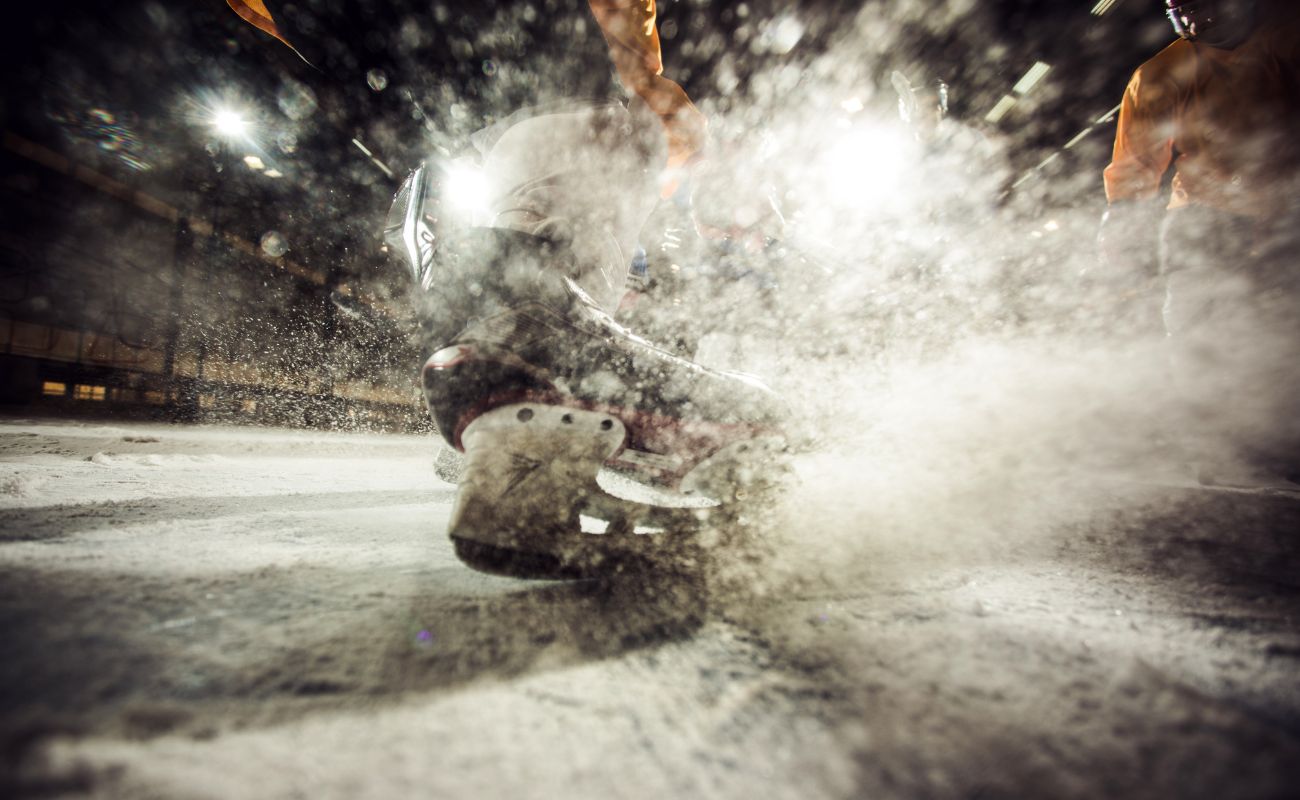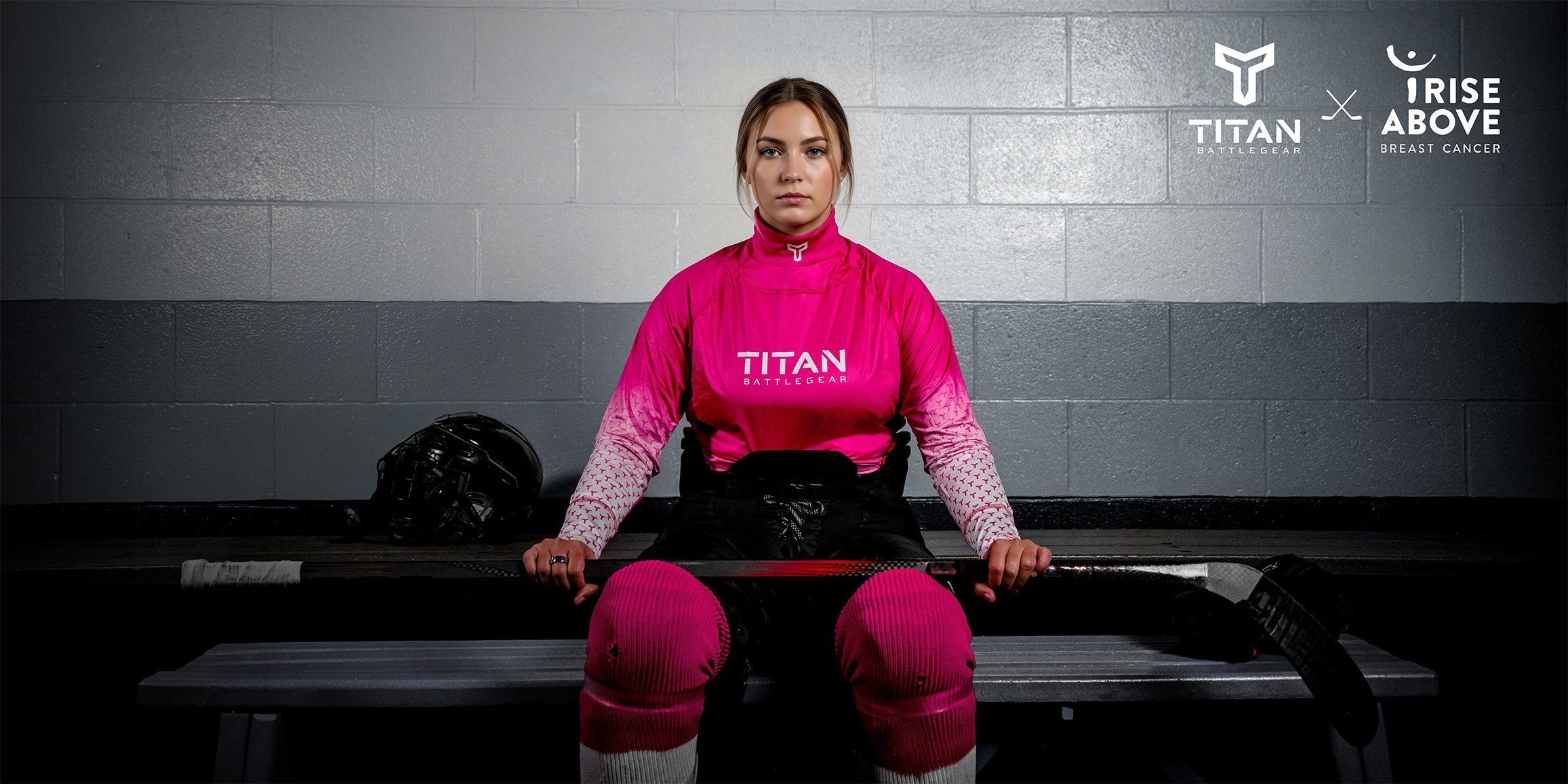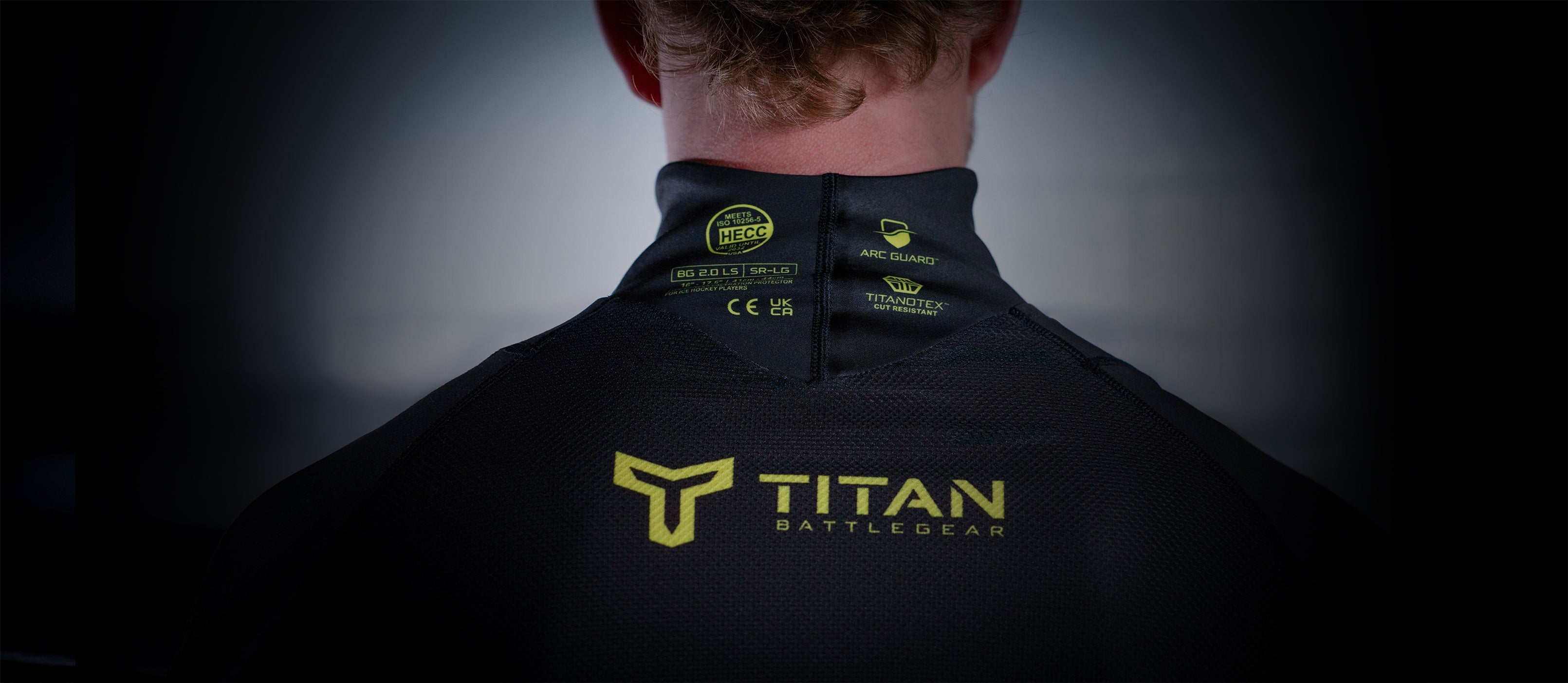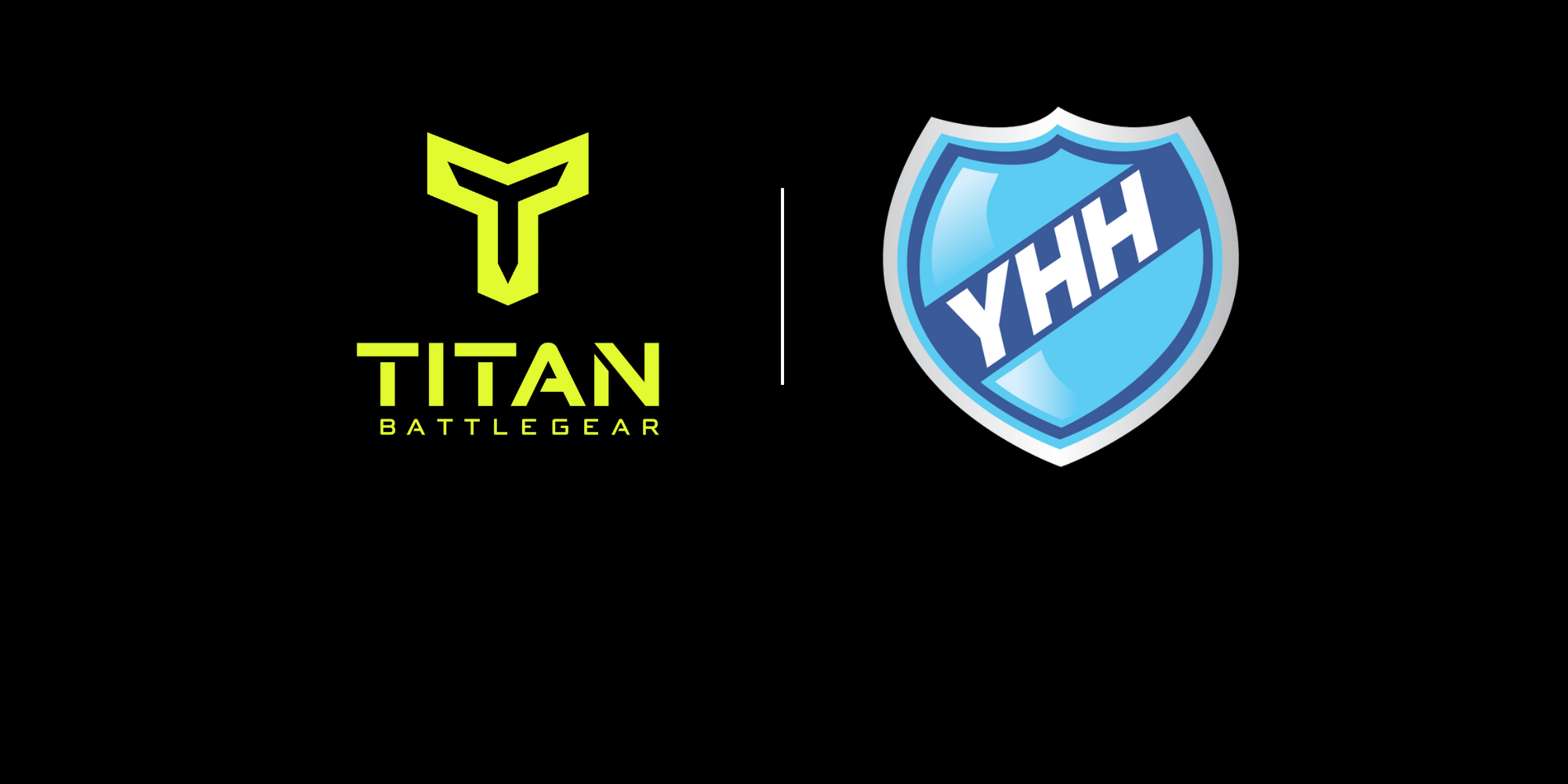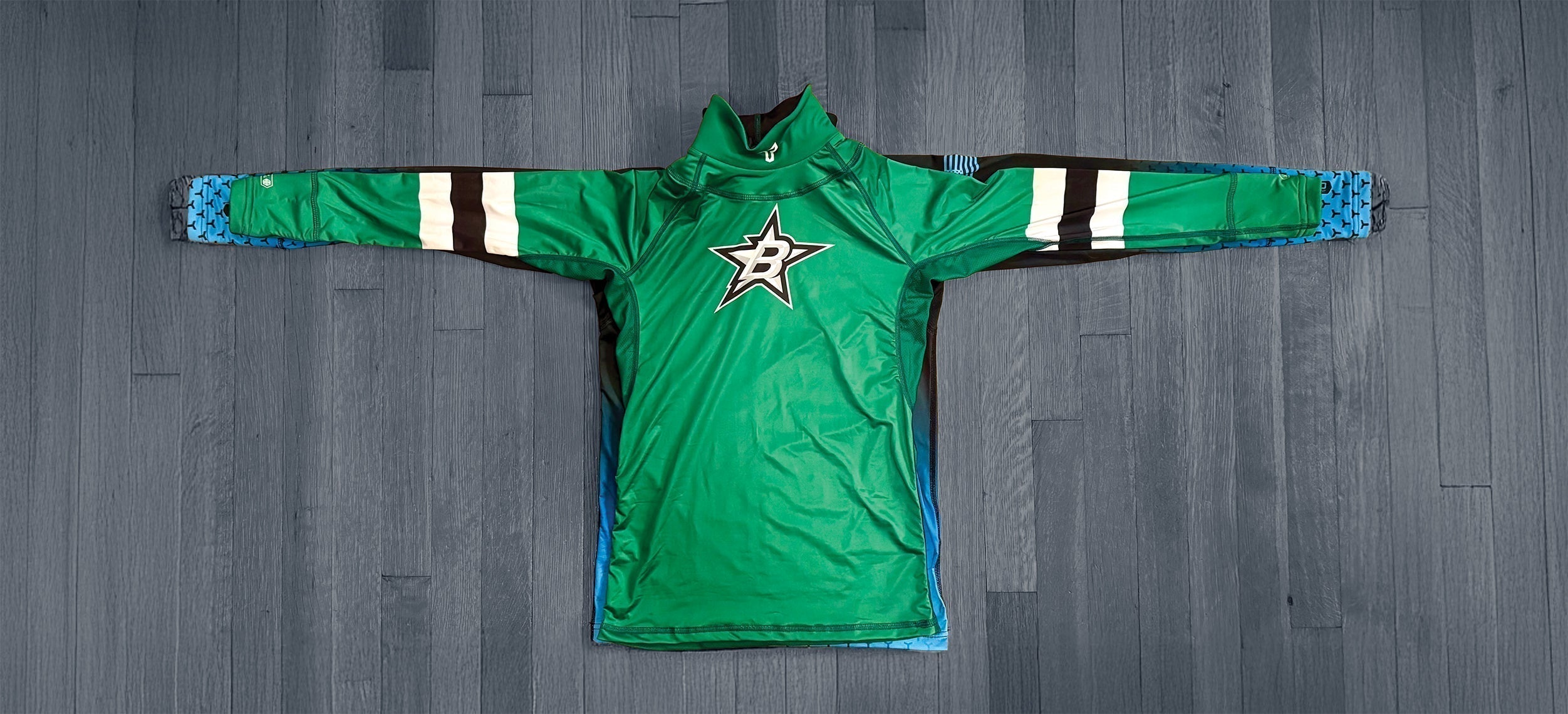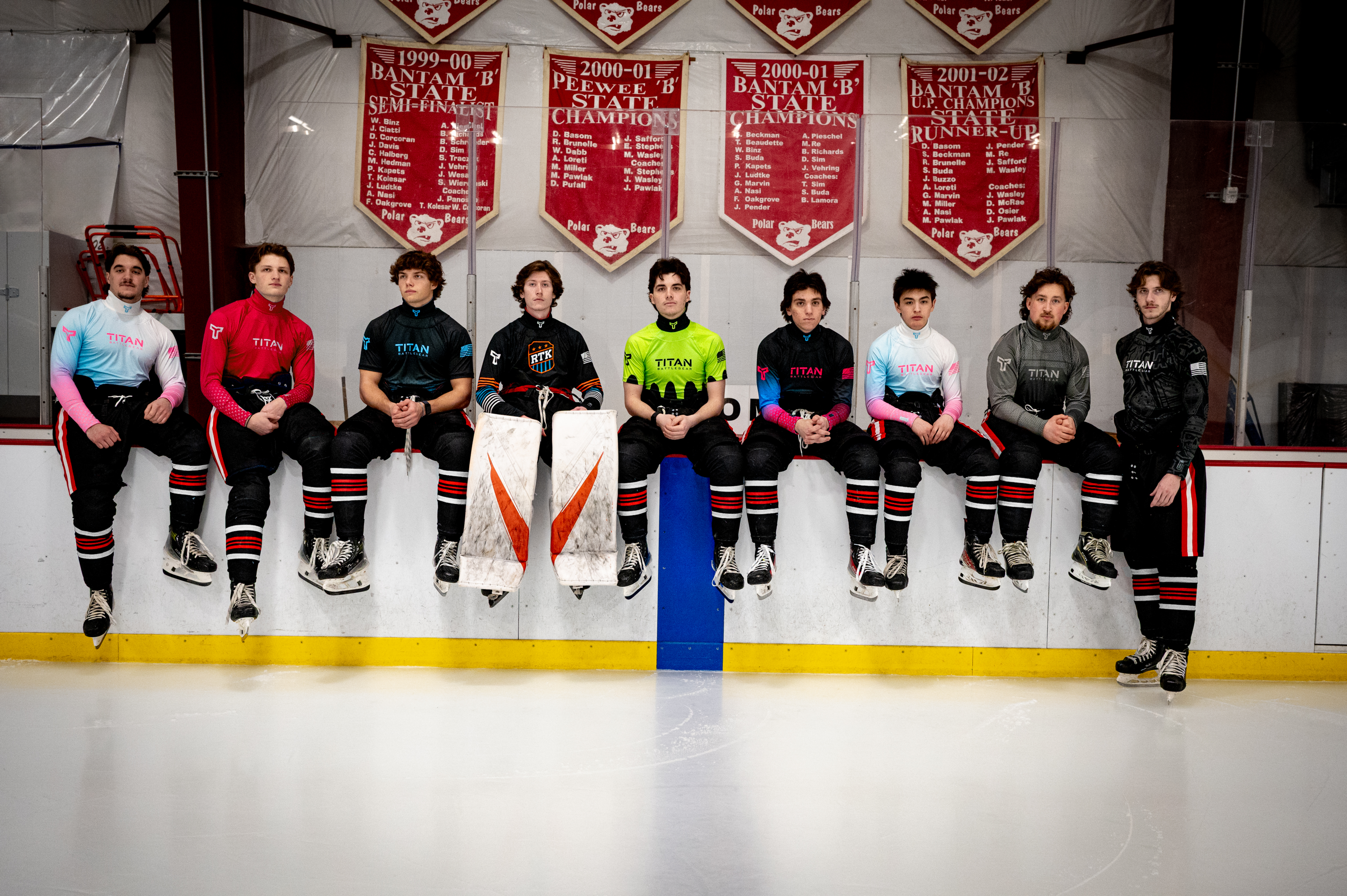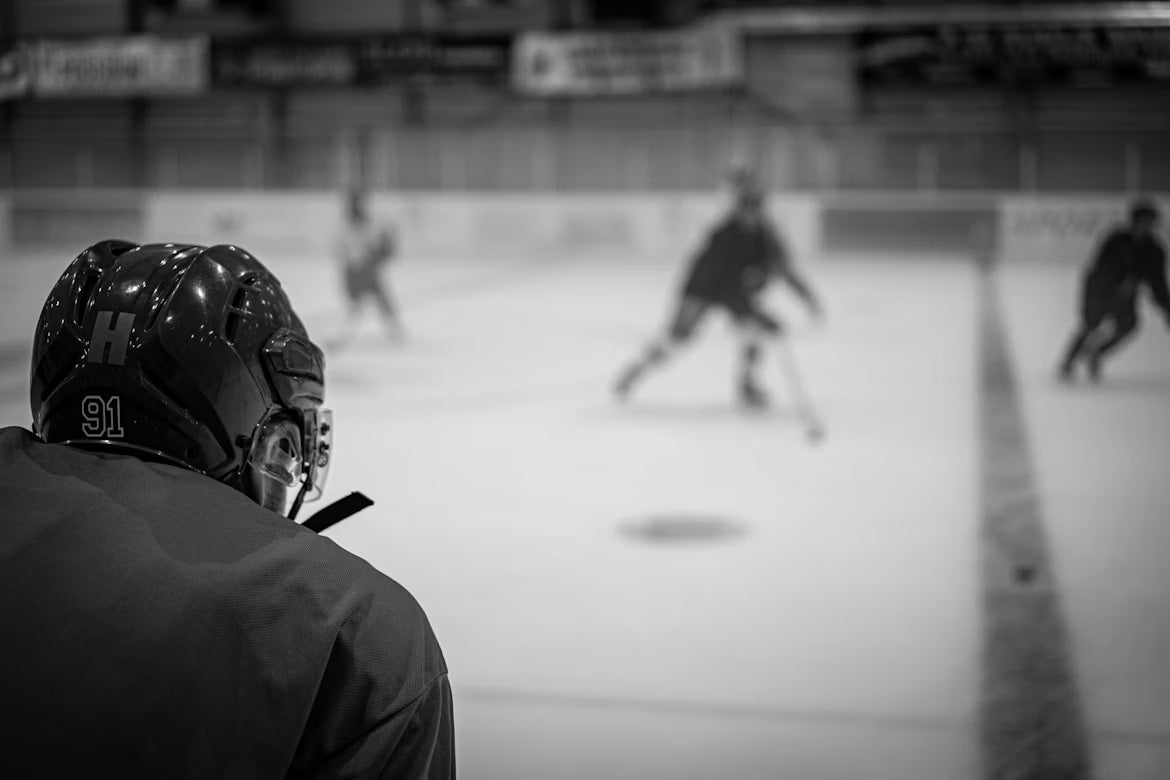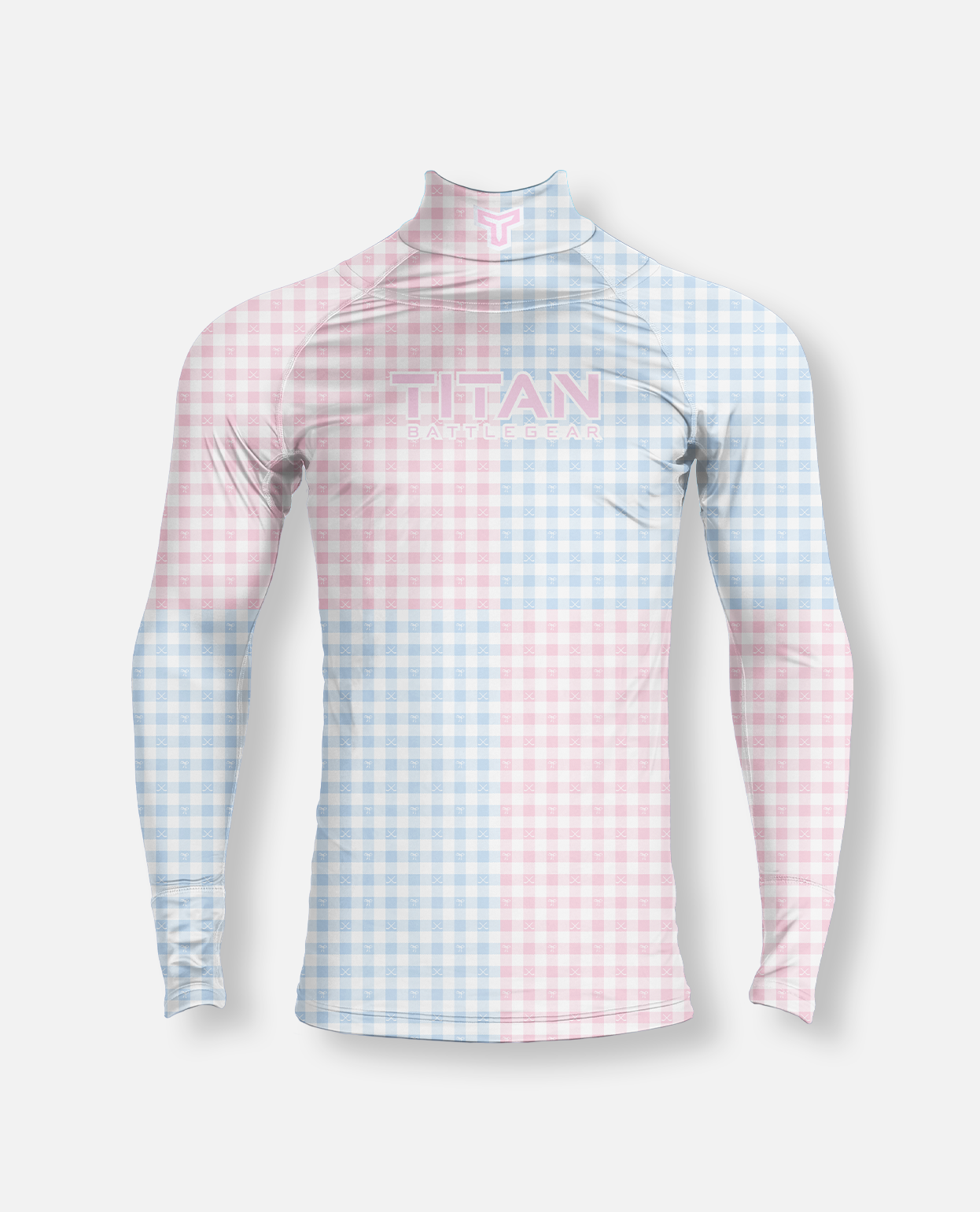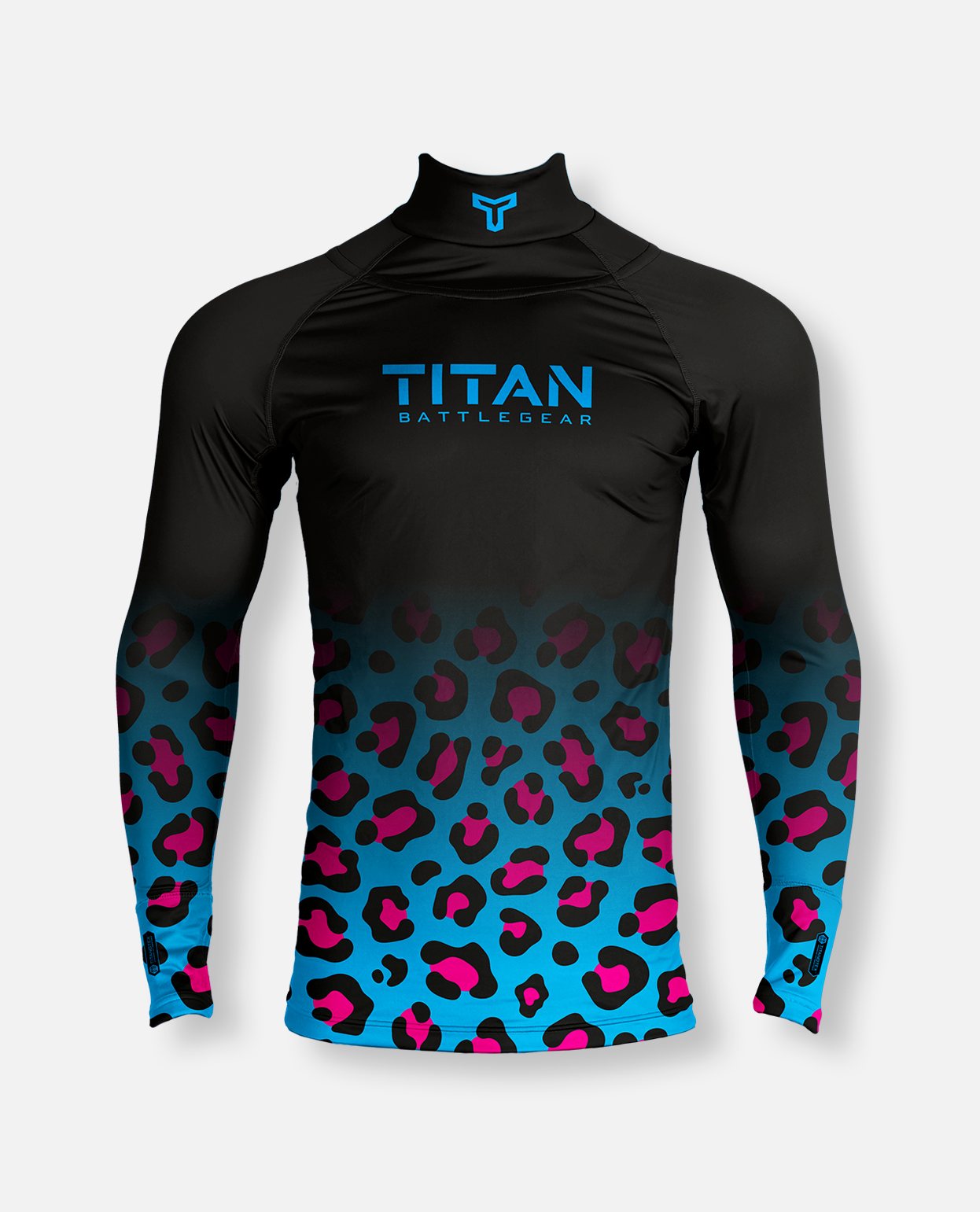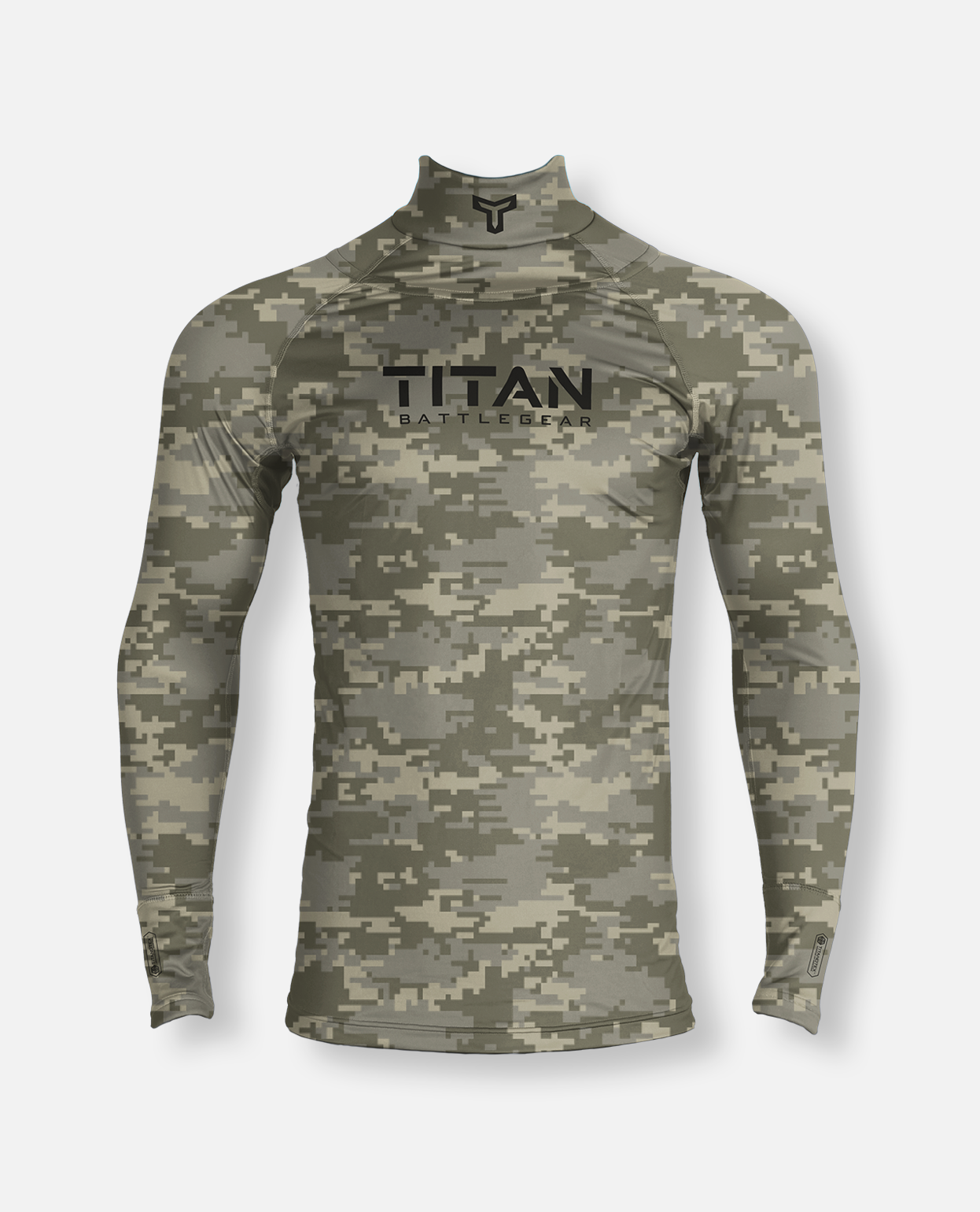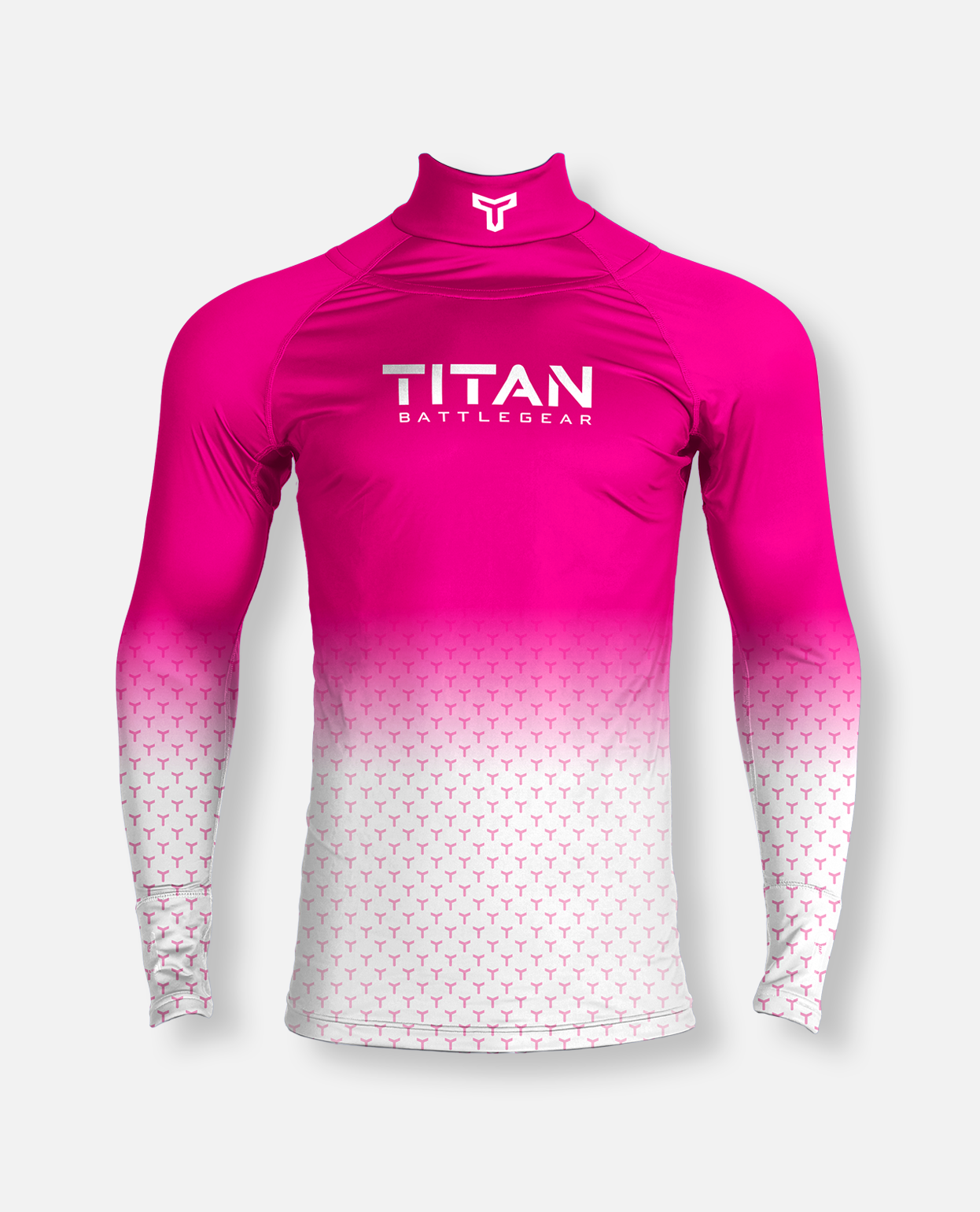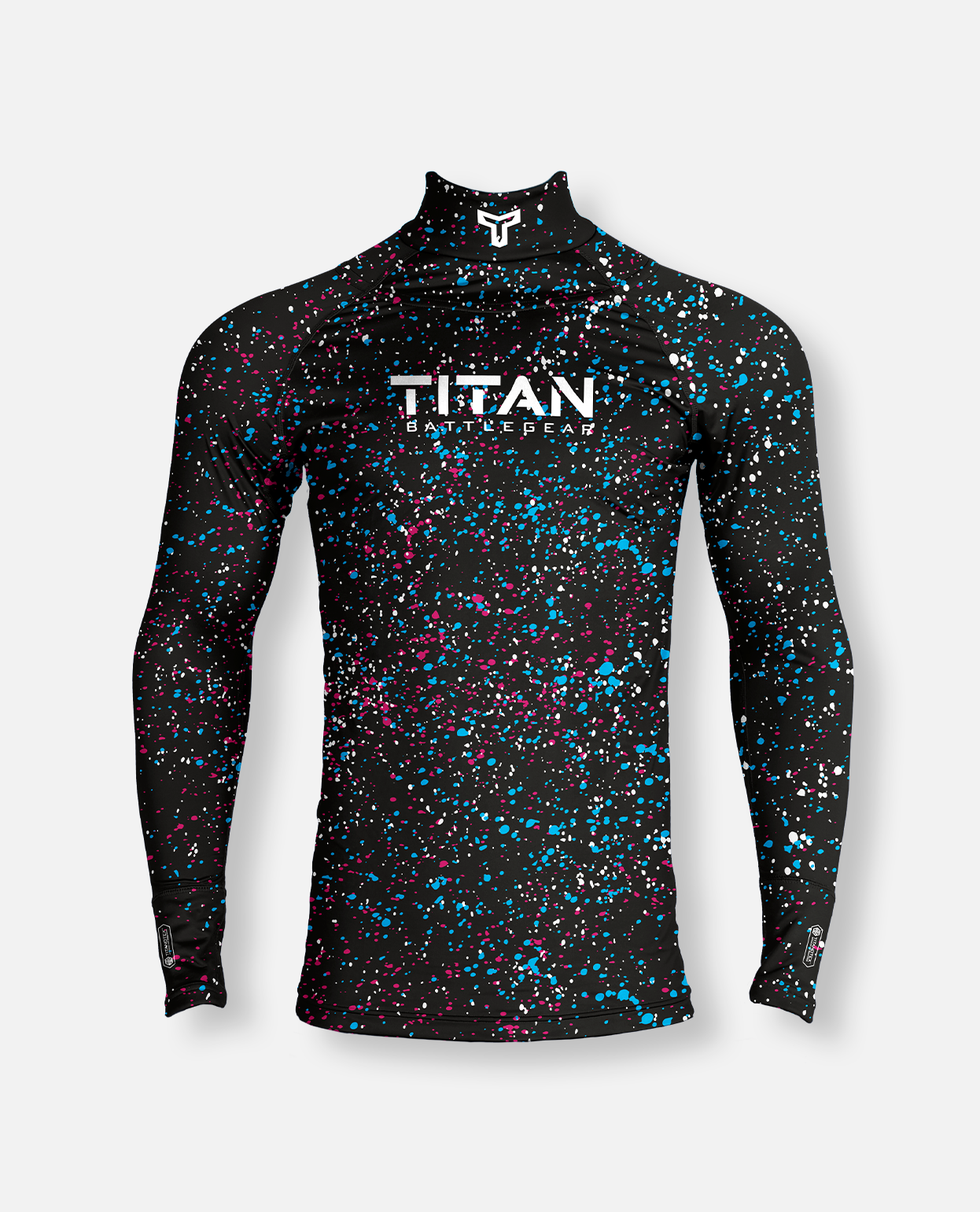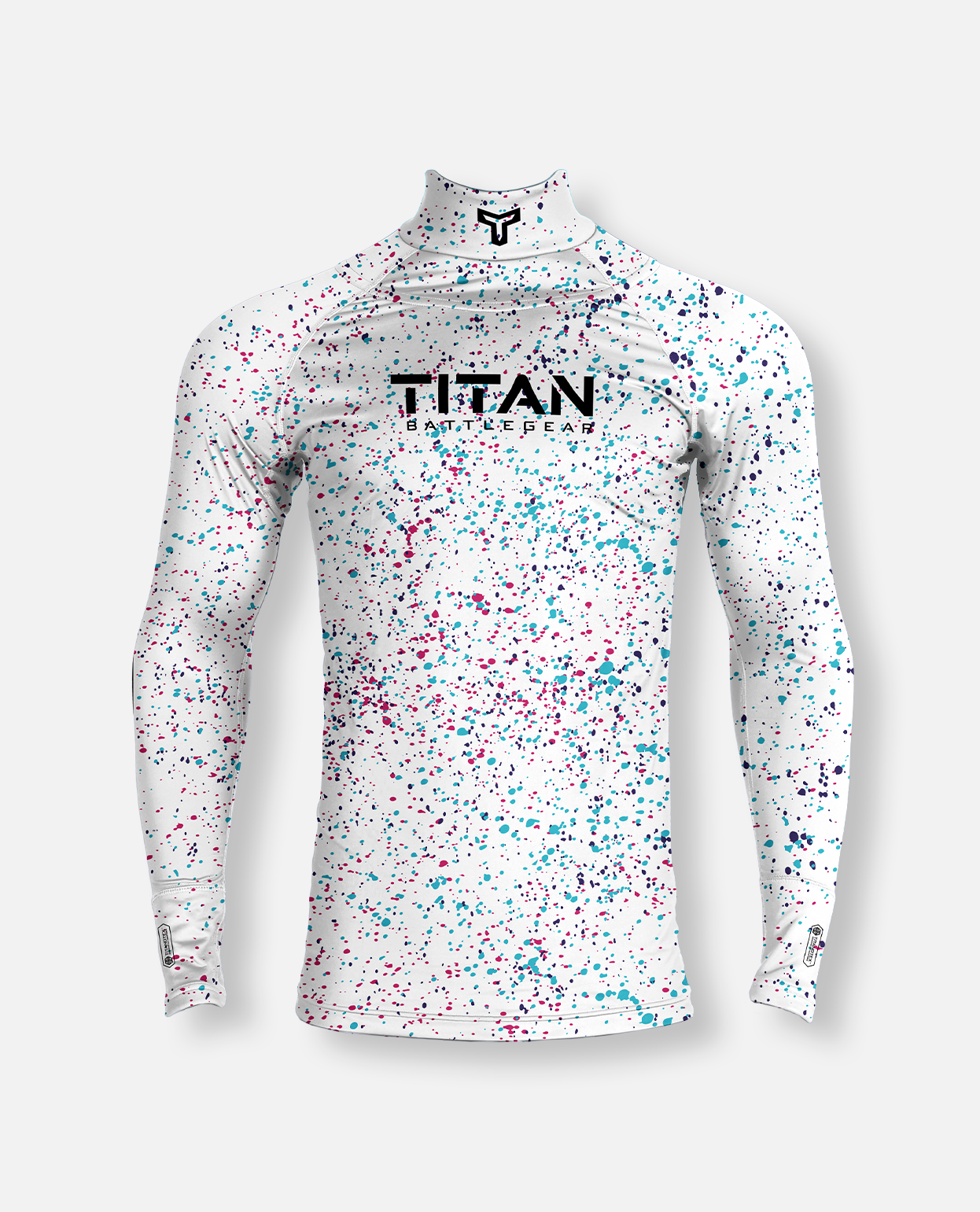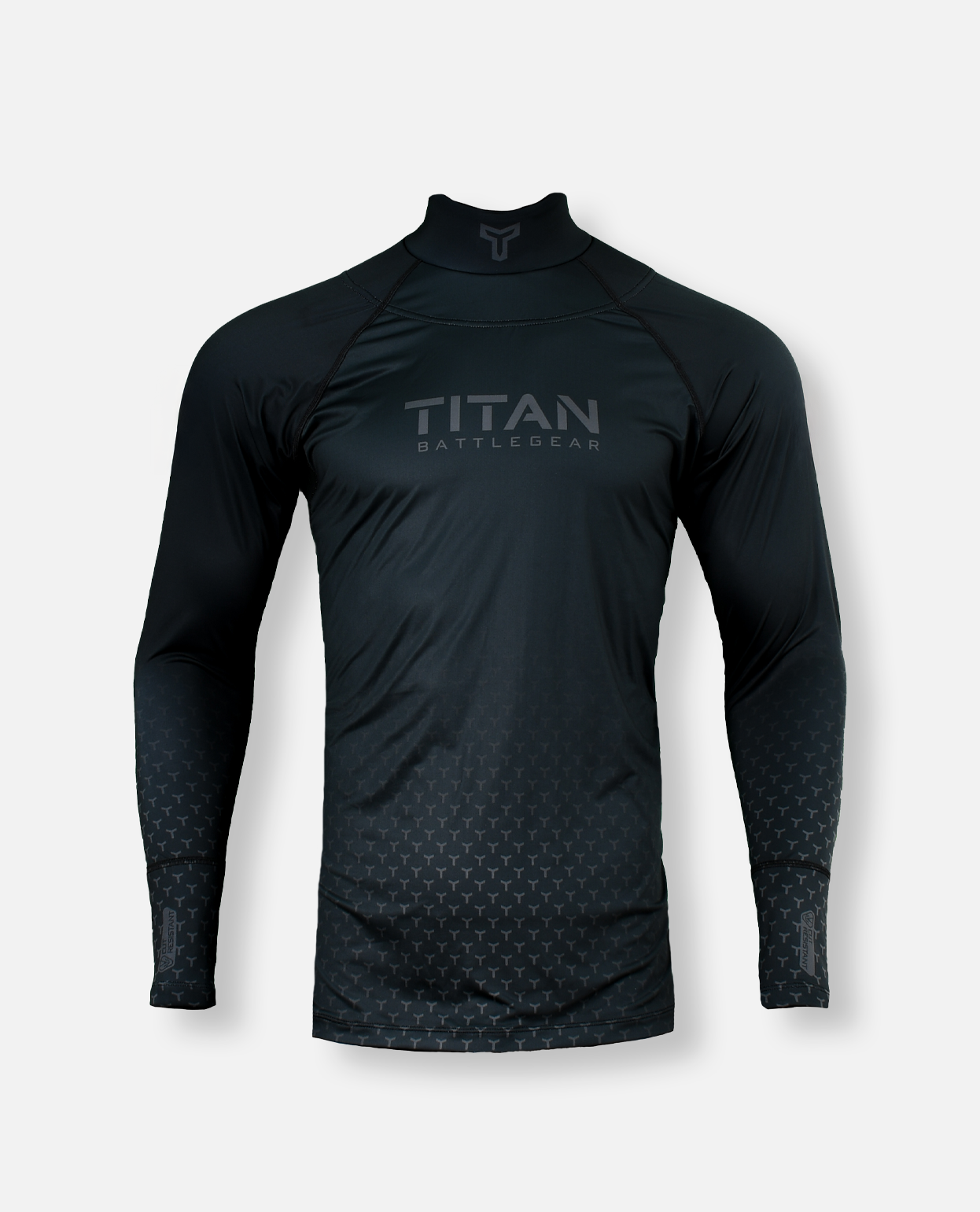Youth hockey is an exhilarating sport that combines speed, skill, and teamwork. However, like any high-intensity sport, it carries inherent risks, particularly for young players who are still developing their skills and physical abilities. Ensuring the safety of youth hockey players is paramount and can be achieved through the use of proper equipment and adherence to best practices both on and off the ice.
Essential Safety Equipment

One of the most critical aspects of hockey safety is wearing the right protective gear. Helmets are a must, and they should fit snugly, with a full-face mask to protect the face and eyes. Helmets should be certified by the Hockey Equipment Certification Council (HECC) to ensure they meet safety standards. Mouth guards are also essential as they protect against dental injuries and can help reduce the risk of concussions.
Pads are another crucial component of hockey safety. Shoulder, elbow, knee, shin, and hip pads should be worn and should fit well to provide adequate protection without restricting movement. Neck guards are now mandatory for youth players under 18, reflecting the increasing awareness of their importance in preventing serious injuries from skates and sticks.
Properly fitted skates are essential for maintaining balance and preventing injuries. Skates should provide good ankle support and should be kept sharp for better control on the ice. Gloves that protect beyond the wrist are necessary to safeguard the hands and wrists. For additional protection, especially in the goal, specialized goalie gear including leg pads, a catch glove, a blocker, and a chest and arm protector is required.
Best Practices for Safety
Beyond equipment, proper preparation and skill development play significant roles in preventing injuries. Players should ensure they are in good physical condition before the hockey season begins. Regular warm-ups and stretching are crucial to prevent strains and sprains. Dynamic stretches and exercises focusing on the shoulders, hips, knees, thighs, and calves are particularly beneficial.
Skill development is another critical area. Mastering basic skating skills and learning proper body control can significantly reduce the risk of injuries. This includes learning how to fall correctly to minimize impact, which is essential given the nature of the sport.
Promoting good sportsmanship is also essential. Players should be encouraged to respect their opponents and avoid reckless play. This can help reduce the number of injuries caused by dangerous hits and unnecessary aggression on the ice. Enforcing the rules of the game is crucial in this regard. Coaches and officials should strictly adhere to penalties for dangerous play, such as checking from behind, which is a major cause of injuries.
Emergency preparedness is another vital aspect of hockey safety. Rinks should have a well-defined emergency medical plan, including the availability of an Automated External Defibrillator (AED) and trained personnel to use it. This ensures that in the event of a serious injury, immediate and appropriate medical attention is available.
The Importance of Cut-Resistant Gear

As awareness of safety continues to grow, the use of cut-resistant gear has become increasingly important. Titan Battlegear’s cut-resistant hockey shirt is a prime example of advanced protective equipment that significantly enhances player safety. This shirt features integrated neck and wrist guards, offering critical protection in vulnerable areas. Made from the revolutionary TITANOTEX™ fabric, which includes graphene, this shirt provides unmatched Level A9+ cut resistance, ensuring the highest level of protection available.
Graphene's unique properties, such as being 200 times stronger than steel and having excellent thermal conductivity, make it an exceptional material for sports gear. Titan Battlegear’s cut-resistant shirt not only offers superior protection but also features quick-dry and odor-resistant properties, ensuring maximum comfort and hygiene during play. Additionally, the fabric is made from 100% recycled materials, highlighting Titan Battlegear’s commitment to sustainability and environmental responsibility.
In conclusion, by following these safety tips and investing in high-quality protective gear like Titan Battlegear’s cut-resistant hockey shirt you can ensure that young hockey players enjoy the game while staying safe on the ice.


